E-böcker / Historia
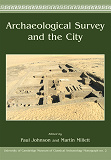
Archaeological Survey and the City
In the past 30 years archaeological field survey has become central to the practice of Classical Archaeology. During this time, approaches have developed from the systematic collec ...

An Atlas of Northamptonshire
An Atlas of Northamptonshire presents an historical atlas of the greater part of Northamptonshire (the first quarter having been published as An Atlas of Rockingham Forest). It pre ...

After Alexander
When Alexander the Great died in 323 BC without a chosen successor he left behind a huge empire and ushered in a turbulent period, as his generals fought for control of vast territ ...
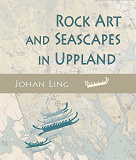
Rock Art and Seascapes in Uppland
Rock Art and Seascapes in Uppland presents a fresh approach to the detailed study of a selection of over 80 rock art panels located close to the present coastline of Uppland, Swede ...
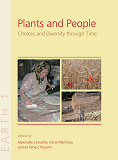
Plants and People
This first monograph in the EARTH series, The dynamics of non-industrial agriculture: 8,000 years of resilience and innovation, approaches the great variety of agricultural practic ...
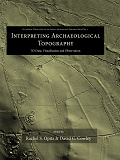
Interpreting Archaeological Topography
Airborne Laser Scanning (ALS), or lidar, is an enormously important innovation for data collection and interpretation in archaeology. The application of archaeological 3D data deri ...
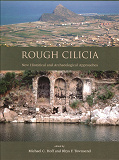
Rough Cilicia
The region of Rough Cilicia (modern area the south-western coastal area of Turkey), known in antiquity as Cilicia Tracheia, constitutes the western part of the larger area of Cilic ...
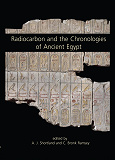
Radiocarbon and the Chronologies of Ancient Egypt
This volume presents the findings of a major international project on the application of radiocarbon dating to the Egyptian historical chronology. Researchers from the Universities ...
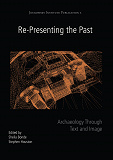
Re-Presenting the Past
The archaeological past exists for us through intermediaries. Some are written works, descriptions, narratives and field notes, while others are visual: the drawings, paintings, ph ...
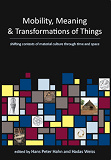
Mobility, Meaning and Transformations of Things
Things travel around the globe: they are shipped as mass consumer goods, or transported as souvenirs or gifts. There are infinite ways for things to be mobile, not only in the era ...
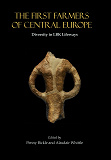
The First Farmers of Central Europe
From about 5500 cal BC to soon after 5000 cal BC, the lifeways of the first farmers of central Europe, the LBK culture (Linearbandkeramik), are seen in distinctive practices of lon ...

The Anglo-Saxon Church of All Saints, Brixworth, Northamptonshire
All Saints’ Church, Brixworth lies 7 miles north of Northampton. The core of the church is Anglo-Saxon and the research published here provides an unprecedented account of one of ...
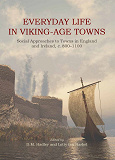
Everyday Life in Viking-Age Towns
The study of early medieval towns has frequently concentrated on urban beginnings, the search for broadly applicable definitions of urban characteristics and the chronological dev ...
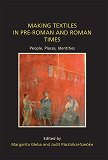
Making Textiles in pre-Roman and Roman Times
Textile production is an economic necessity that has confronted all societies in the past. While most textiles were manufactured at a household level, valued textiles were traded o ...
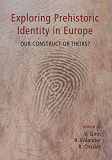
Exploring Prehistoric Identity in Europe
Identity is relational and a construct, and is expressed in a myriad of ways. For example, material culture and its pluralist meanings have been readily manipulated by humans in a ...
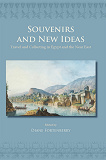
Souvenirs and New Ideas
Early travellers to Egypt, Mesopotamia, Greece, Turkey and the Levant recorded and remembered their journeys by collecting or creating mementos of places they visited. This natural ...

The Coronation Chair and Stone of Scone
Constructed in 1297−1300 for King Edward I, the Coronation Chair ranks amongst the most remarkable and precious treasures to have survived from the Middle Ages. It incorporated in ...
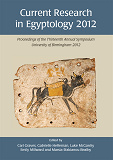
Current Research in Egyptology 2012
The thirteenth Current Research in Egyptology (CRE) conference was held from the 27th – 30th March 2012 at the University of Birmingham and once again provided a platform for postg ...

Bosworth 1485
Bosworth stands alongside Naseby and Hastings as one of the three most iconic battles ever fought on English soil. The action on 22 August 1485 brought to an end the dynastic strug ...
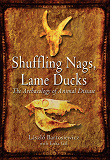
Shuffling Nags, Lame Ducks
The analysis of animal bone assemblages from archaeological sites provides much valuable data concerning economic and husbandry practices in the past, as well as insights into cult ...
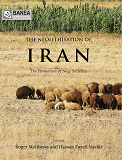
The Neolithisation of Iran
The period c. 10,000-5000 BC witnessed fundamental changes in the human condition with societies across the Fertile Crescent shifting their alignment from millennia-old practices o ...
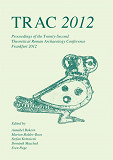
TRAC 2012
The twenty-second Theoretical Roman Archaeology Conference (TRAC) was held at the Goethe-University Frankfurt am Main in spring 2012. During the three-day conference fifty papers w ...

From These Bare Bones
A fundamental component of the study of worked osseous objects is the identification of the raw materials chosen to make them. In archaeological contexts many objects become degrad ...
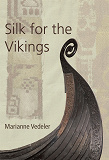
Silk for the Vikings
The analysis of silk is a fascinating topic for research in itself but here, focusing on the 9th and 10th centuries, Marianne Vedeler takes a closer look at the trade routes and th ...
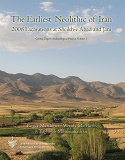
The Earliest Neolithic of Iran: 2008 Excavations at Sheikh-E Abad and Jani
Over a period of several millennia, from the Late Pleistocene to the Early Holocene (c. 13,000-7000 BC), communities in south-west Asia developed from hunter-foragers to villager-f ...
